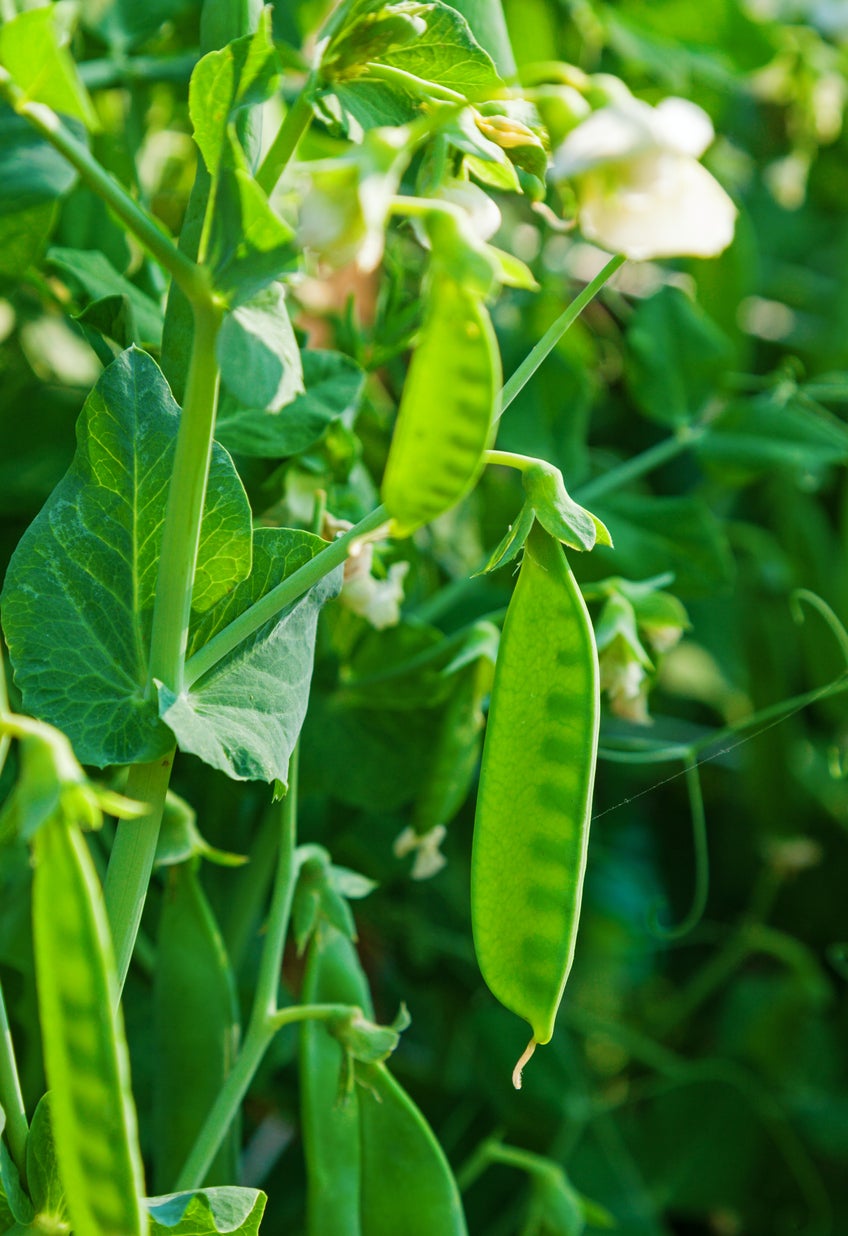Pea ‘Sugar Daddy’ Care – How Do You Grow Sugar Daddy Peas


With a name like ‘Sugar Daddy’ snap peas, they had better be sweet. And those who grow Sugar Daddy peas say you won’t be disappointed. If you are ready for a truly string-free snap pea, Sugar Daddy pea plants might be the ones for your garden. Read on for information on growing Sugar Daddy peas.
About Sugar Daddy Pea Plants
Sugar Daddy peas have a lot going for them. They are bush vine peas that grow fast and furiously. In two short months, the plants are laden with tightly packed pods at every node. Before you grow Sugar Daddy peas, you’ll want to know the type of garden space you are committing. The plants grow to 24 inches (61 cm.) tall, and each tender, curved pod is about 3 inches (8 cm.) long. They are deliciously sweet tossed into salads or cooked in stir-fries. Some claim that they are best munched right off the pea plants. Sugar Daddy snap peas are a hardy cool-season crop. They aren’t picky about maintenance and, since they are bush-type vines, they can grow with a small trellis or without one.
Growing Sugar Daddy Peas
If you want to start growing Sugar Daddy peas, direct sow the seeds in spring as soon as you can work the soil for a summer harvest. Or you can sow seeds of the pea ‘Sugar Daddy’ in July (or about 60 days before the first frost) for a fall crop. To start growing Sugar Daddy peas, plant the seeds in a full sun location in fertile soil. Work in organic compost before you sow. Plant the seeds about 1 inch (2.5 cm.) deep and 3 inches (8 cm). apart. Space the rows 2 feet (61 cm.) apart. If you want to put in supports, do this at the time of planting. Birds love peas Sugar Daddy just as much as you do, so use netting or floating row covers if you don’t want to share. Irrigate the plants regularly, but take care not to get water on the leaves. Weed the pea bed well to give your Sugar Daddy pea plants the best chance to thrive. Harvest your crop when the peas fill out the pea pods, about 60 to 65 days after planting.
Gardening tips, videos, info and more delivered right to your inbox!
Sign up for the Gardening Know How newsletter today and receive a free copy of our e-book "How to Grow Delicious Tomatoes".

Teo Spengler is a master gardener and a docent at the San Francisco Botanical Garden, where she hosts public tours. She has studied horticulture and written about nature, trees, plants, and gardening for more than two decades. Her extended family includes some 30 houseplants and hundreds of outdoor plants, including 250 trees, which are her main passion. Spengler currently splits her life between San Francisco and the French Basque Country, though she was raised in Alaska, giving her experience of gardening in a range of climates.
-
 Terrifically Tubular Flowers For Hummingbirds: 9 Tube-Flowered Plants To Attract Hummers
Terrifically Tubular Flowers For Hummingbirds: 9 Tube-Flowered Plants To Attract HummersGrowing tubular flowers for hummingbirds helps you create the optimum feeding conditions for your winged friends. Here are nine tubed delights for hummers
By Tonya Barnett
-
 How To Grow Hydroponic Tomatoes For Fresh Indoor Harvests – No Soil Required
How To Grow Hydroponic Tomatoes For Fresh Indoor Harvests – No Soil RequiredLearning how to grow tomatoes in water is easy and allows you to harvest fresh-home-grown produce in every season without any mess.
By Ellen Wells